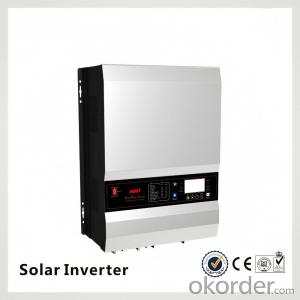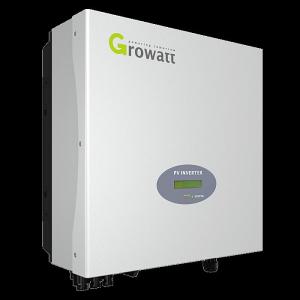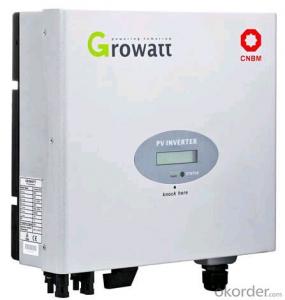Hybrid Inverter Charger Solar
Hybrid Inverter Charger Solar Related Searches
Hybrid Solar Charger Inverter Hybrid Solar Inverter Charger Inverter Hybrid Solar Hybrid Inverter Solar Inverter Charger Solar Inverter Solar Hybrid Hybrid Solar Inverter Solar Inverter Hybrid Hybrid Solar Power Inverter Solar Hybrid Inverter Solar Inverter Charger Solar Charger Inverter Inverter Battery Solar Charger Inverter Charger Solar System Charge Inverter Battery Solar Solar Power Inverter Charger Hybrid Inverter Solar System Solar System Hybrid Inverter Solar Charger For Inverter Hybrid Inverter Solar Panel Power Inverter Solar Charger Solar Charger With Inverter Hybrid Solar Inverter System Inverter With Solar Charger Inverter Battery Solar Solar Charge Inverter Battery Inverter Solar Solar Inverter Chargers Buy Hybrid Solar Inverter Smart Hybrid Solar InverterHybrid Inverter Charger Solar Supplier & Manufacturer from China
Hybrid Inverter Charger Solar products are advanced devices that combine the functionalities of solar inverters and battery chargers, designed to optimize energy conversion and storage in various renewable energy systems. These products play a crucial role in harnessing solar power efficiently, converting DC power generated by solar panels into usable AC power, and charging batteries to store energy for later use.The Hybrid Inverter Charger Solar is widely used in a variety of applications, including residential and commercial solar power systems, off-grid energy solutions, and backup power supplies. These versatile devices are particularly useful in scenarios where grid-tied power is unreliable or unavailable, ensuring a continuous and stable power supply. They also enable the integration of solar power with existing electrical systems, enhancing energy efficiency and reducing reliance on fossil fuels.
Okorder.com is a leading wholesale supplier of Hybrid Inverter Charger Solar products, boasting a vast inventory of high-quality and reliable devices. The company is committed to providing customers with the latest technology and the best possible prices, ensuring that their solar power needs are met with ease and efficiency. With Okorder.com, users can find a wide range of Hybrid Inverter Charger Solar products to suit their specific requirements, backed by excellent customer service and support.
Hot Products















































